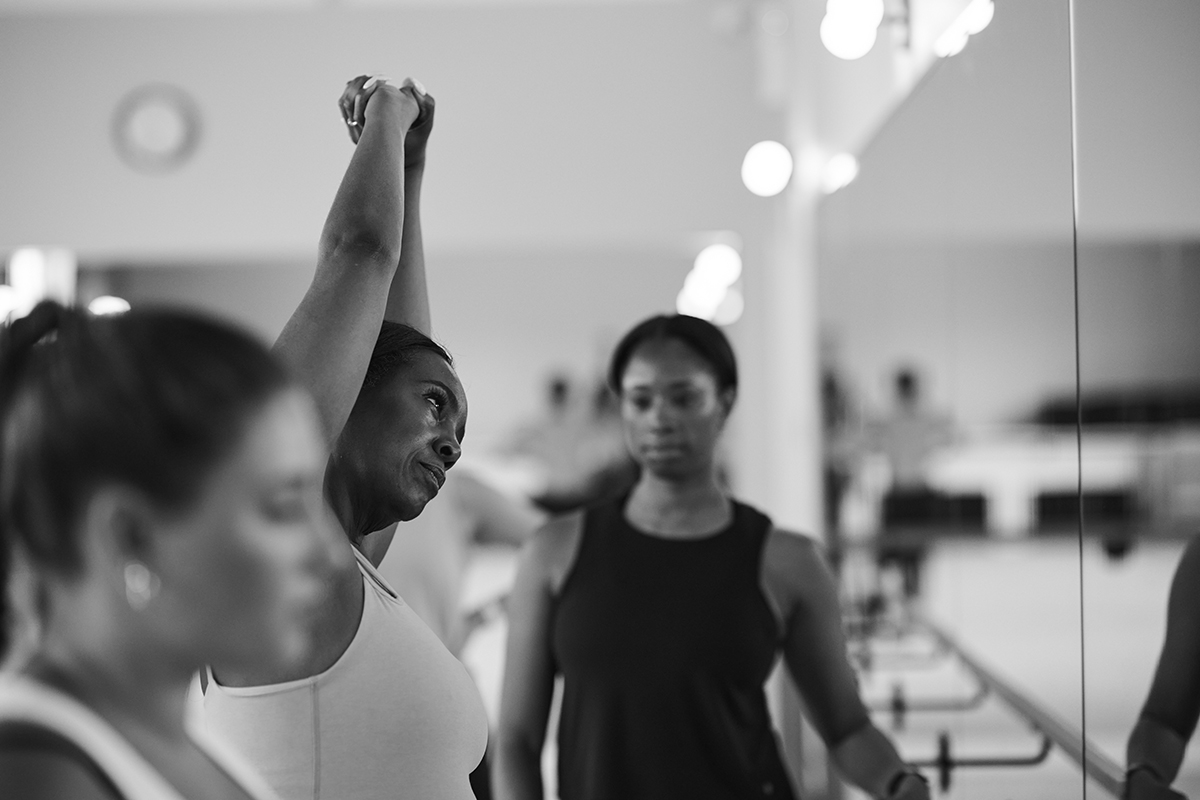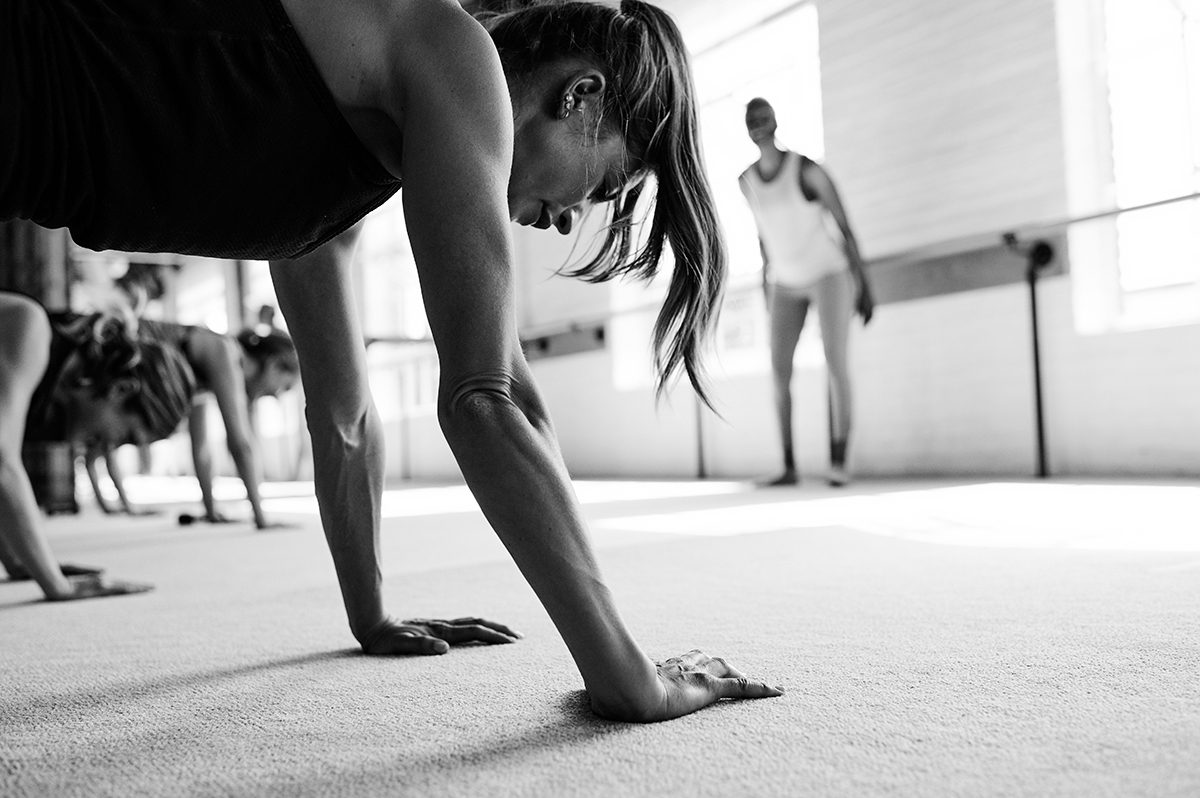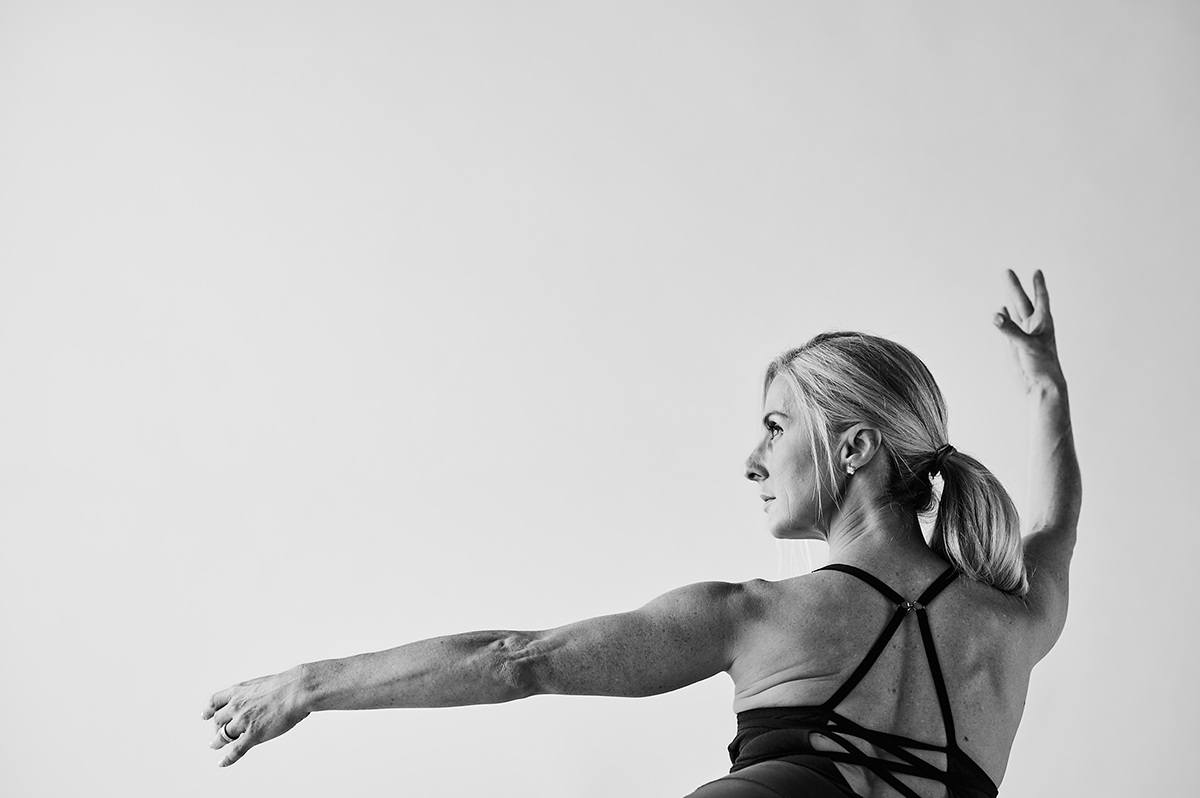New clients! For a limited time, Get 13 Classes for $78 (only $6 per class)
How to use “Active Stretching” to Become More Flexible
Dancers and elite athletes use special stretching techniques to achieve their amazing flexibility. Rarely do exercise routines designed for the rest of us include these kinds of stretches. Most workouts rely on a common stretching technique called “passive stretching, which works only to a point. You stretch passively when you hold the stretch position in place with a force such as your hand, a strap, a ledge or gravity, something other than the actual body part youre stretching. Common passive stretches include: grasping a foot behind you to stretch your quads, placing one leg up on a ledge, and sitting in a “straddle.”
Passive stretches definitely play a role in making you more flexible, and all good workouts include some version of them. Experts agree however that passive stretching by itself is not enough to significantly increase range of motion. Passive stretches dont warm muscles up enough for them to relax deeply, and, just as important, dont give muscles sufficient control over any increased range of motion you manage to achieve by doing it. Thats why a workout that includes only passive stretches can leave you feeling “loosey-goosey” or not much more flexible at all.
This is where “active stretching” comes in. When you stretch “actively,” you contract the muscles on the opposite side of the body part youre stretching to hold the stretch in place. An active stretch is 50% stretch and 50% strength, so its actually a workout for the entire body part you’re stretching. Its distinctive difference from other moves is that it compels you to hold a part of your body at or near the edge of its current range of motion the whole time. Be advised that this kind of stretching is intense! Dancers do it when they extend one leg upwards and hold, a move that helps give their legs astounding strength and control, as well as their famously elongated, sculpted muscles.
Incorporating active stretching into your workout, just as dancers do, gives you benefits that are worth the effort, including increased agility and grace in your movements, improved performance at sports, reduced likelihood of injuring yourself since short muscles make you more vulnerable to strains, and (last but not least), a slimmer-looking, more streamlined body!
Another training technique that’s becoming popular among elite athletes is called functional stretching, which is different from the more risky “dynamic stretching” (using momentum to force a limb or body part beyond its normal range of motion) or “ballistic stretching” (moving parts of your body and gradually increasing reach and speed). Functional stretching consists of active stretches with some added motion performed at the edge a limbs range of motion. A good functional stretching exercise immediately changes the way your muscles coordinate with each other. It readies your shoulders, hips, core and limbs for action in all directions, and it protects your joints against injury from a sudden, uncontrolled move. It works so well in part because the sheer physical effort it requires warms the muscles youre stretching so that they can relax more deeply.
In recent years, the sports world has discovered that functional stretching techniques give muscles not only more strength but increased kinesthetic adeptness as well. For this reason, according to exercise physiologist Anoop T. Balachandran, Most of the strength coaches now lean towards functional stretching to improve flexibility.
The Bar Method has been doing its own version of functional stretching for more than a decade, a variety Id like to call energetic stretching (commonly known as those little moves that can make a huge difference!). Most Bar Method students think the controlled isolations they perform during class is a strength technique, but those same little moves constitute a form of stretch as well. In fact, the deliciously centered, energized feeling students get after a Bar Method class is partially the result of all the energetic stretching sequences they’ve just performed, even without realizing it!
Next month: How Bar Method exercises increase flexibility



